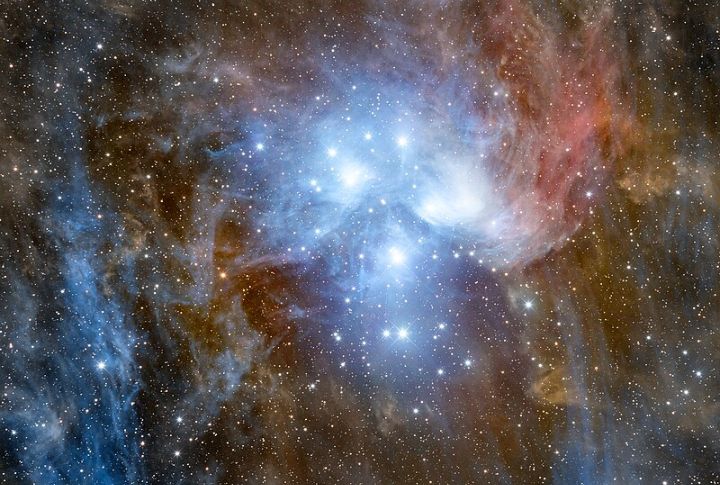
You step outside, glance up, and there it is—that sense that something bigger is going on. Even a basic telescope or binoculars can turn that feeling into something visible. These aren’t rare secrets hidden behind expensive gear. This article brings you 10 deep-sky sights that feel personal, peaceful, and surprisingly close.
Orion Nebula (M42)

The Orion Nebula, a part of the constellation Orion, is one of the brightest and most easily observed nebulae in the night sky. Situated about 1,344 light-years away, it is a stellar nursery where new stars are forming. You can see its glowing gas clouds and young stars with binoculars or a small telescope.
Andromeda Galaxy (M31)
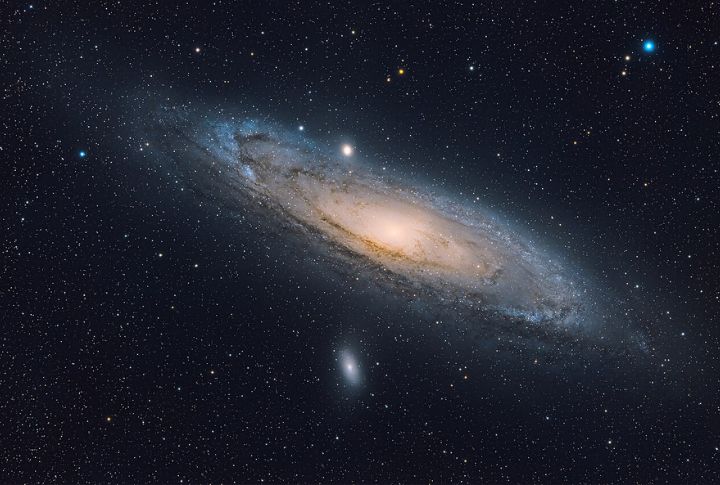
At approximately 2.5 million light-years, the Andromeda Galaxy is the closest spiral neighbor of the Milky Way. It is the largest galaxy in our Local Group and is visible to the unaided eye under dark skies. Through binoculars or a small telescope, it appears as an extensive patch of light with a bright core.
Pleiades Star Cluster (M45)
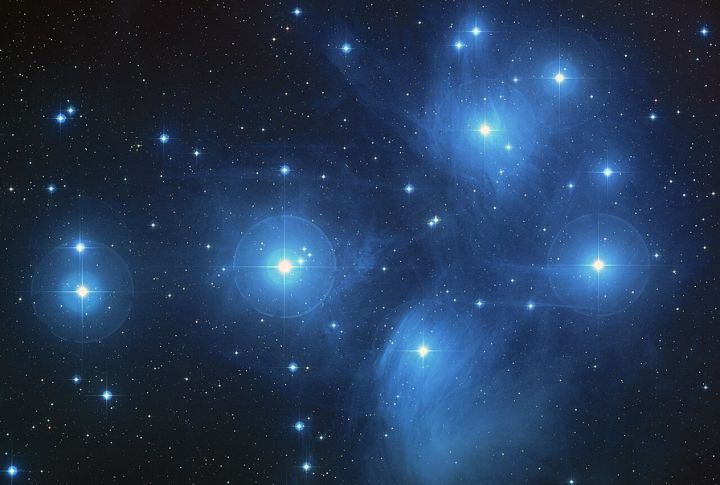
Also known as the Seven Sisters, the Pleiades is an open group of stars in the constellation Taurus. Composed of hot, blue stars formed about 100 million years ago, it lies roughly 444 light-years away. A pair of binoculars reveals dozens of stars, while a telescope shows faint blue nebulosity caused by interstellar dust reflecting starlight.
Hercules Globular Cluster (M13)
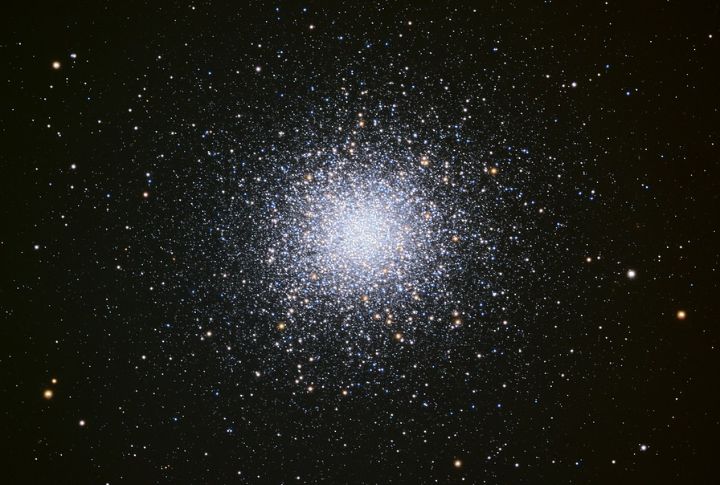
Messier 13, the Hercules Globular Cluster, is one of the most fascinating globular clusters visible from Earth. Located 22,200 light-years away in the constellation Hercules, it contains over 300,000 stars packed into a dense, spherical region. Its dense core and thousands of twinkling stars make it an unforgettable sight.
Beehive Cluster (M44)
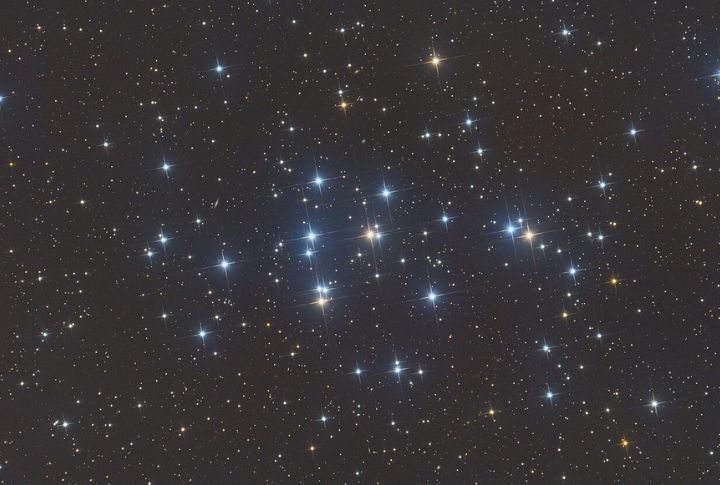
This group of stars is visible to the bare eye as a faint, misty patch of light. Located 577 light-years away, it consists of about 1,000 stars loosely bound by gravity. The Beehive Cluster is around 600 million years old and contains both young and evolved stars. Ancient astronomers often called it the “little cloud.”
Dumbbell Nebula (M27)
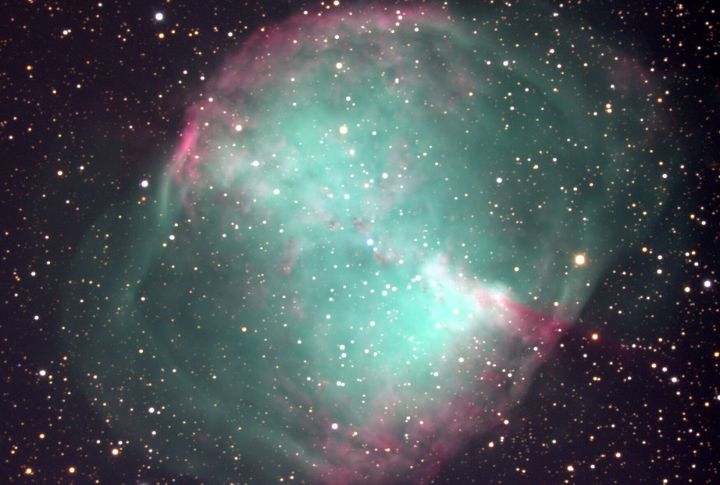
On a cloudless night sky, the Dumbbell Nebula is one of the brightest planetary nebulae. Located in the constellation Vulpecula and positioned about 1,360 light-years away, it appears as an hourglass-shaped glow through telescopes. This nebula is what’s left of a diminishing star shedding its outer layers while leaving behind a white dwarf core.
Ring Nebula (M57)
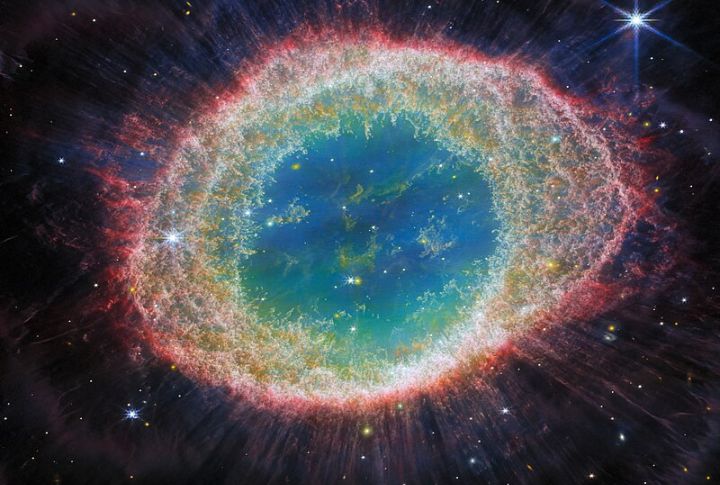
This planetary nebula is found in the constellation Lyra. At approximately 2,000 light-years away, it appears as a glowing ring of gas. Small telescopes reveal it as a circular structure, while larger ones show faint outer layers. The main ring spans about 0.8 light-years though its full extent, including the halo, may reach 2–3 light-years.
Lagoon Nebula (M8)
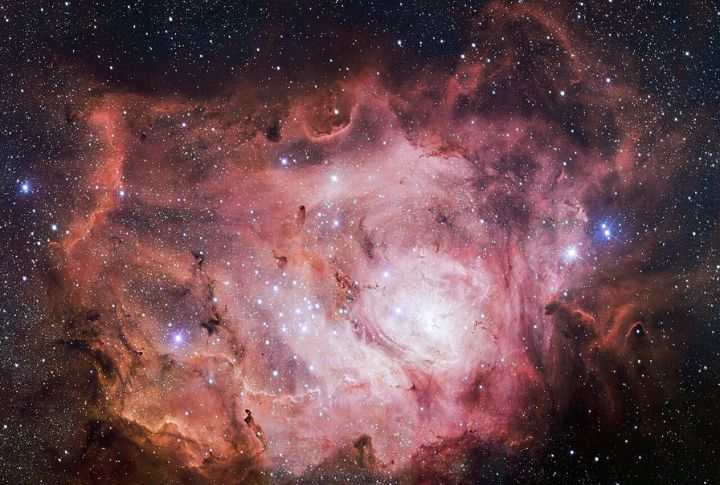
The Lagoon Nebula, in the constellation Sagittarius, is a vast star-forming region about 4,000 light-years away. Spanning 110 light-years, it is one of the nebulae visible to the bare eye under dark skies. It is home to the open cluster NGC 6530, whose stars illuminate the surrounding gas. The pinkish glow results from ionized hydrogen.
Triangulum Galaxy (M33)
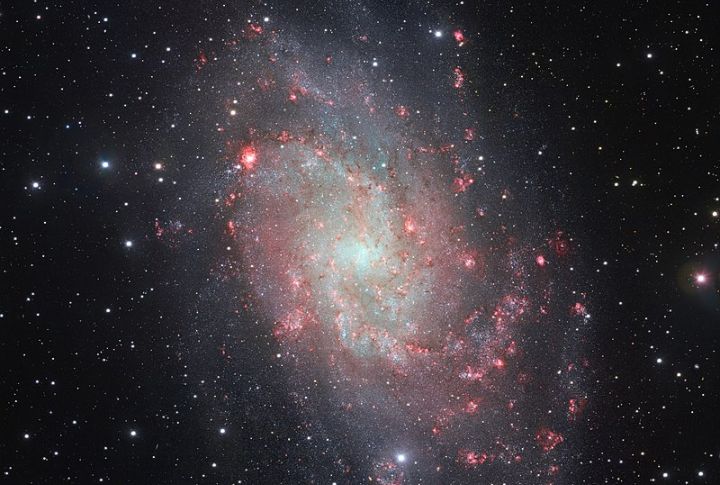
Located approximately 2.73 million light-years away, the Triangulum Galaxy appears as a faint, oval-shaped patch of light. It contains vast star-forming regions, including the bright nebula NGC 604. The galaxy’s low surface brightness makes it challenging in light-polluted areas. Observing it offers insight into a smaller spiral galaxy distinct from our larger Milky Way.
Double Cluster (NGC 869 and NGC 884)
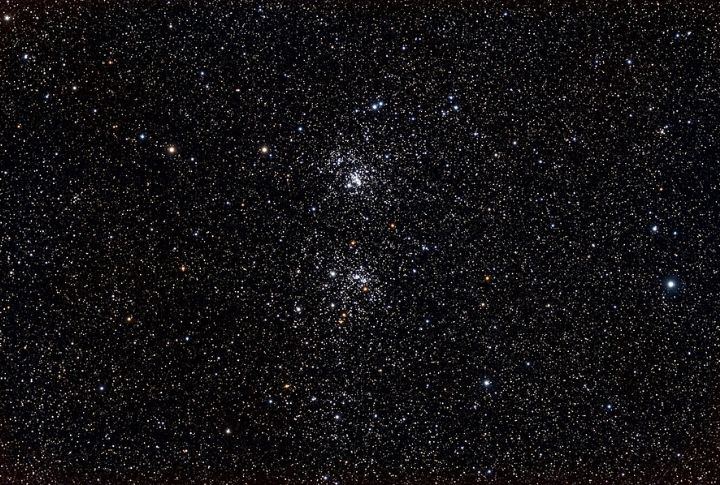
These clusters contain young, hot blue stars formed roughly 12.8 million years ago and located approximately 7,500 light-ways away (7,460–7,600 light-years for NGC 869 and slightly farther for NGC 884). Rich in supergiant stars, their proximity and near-identical age suggest they formed from the same molecular cloud.

